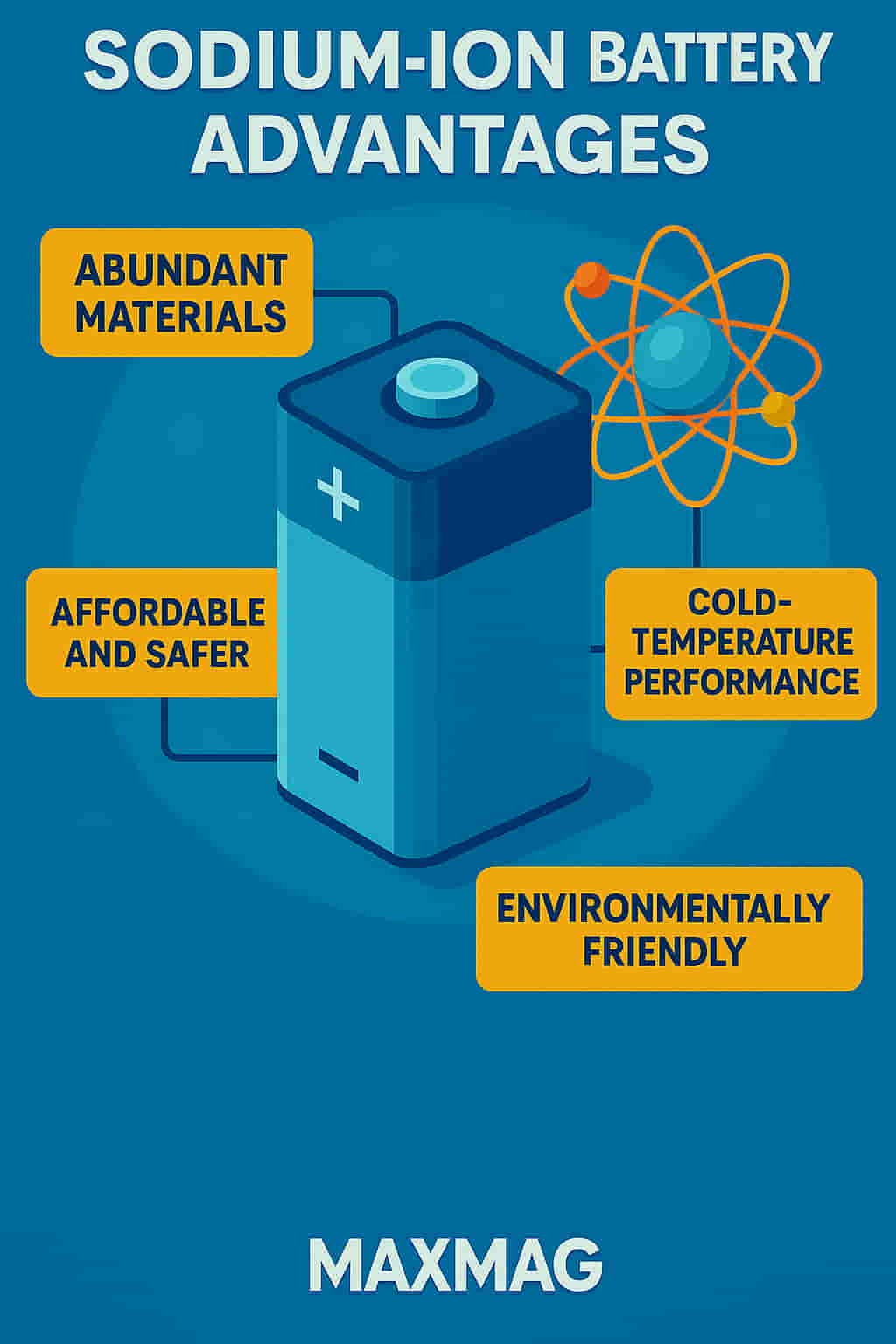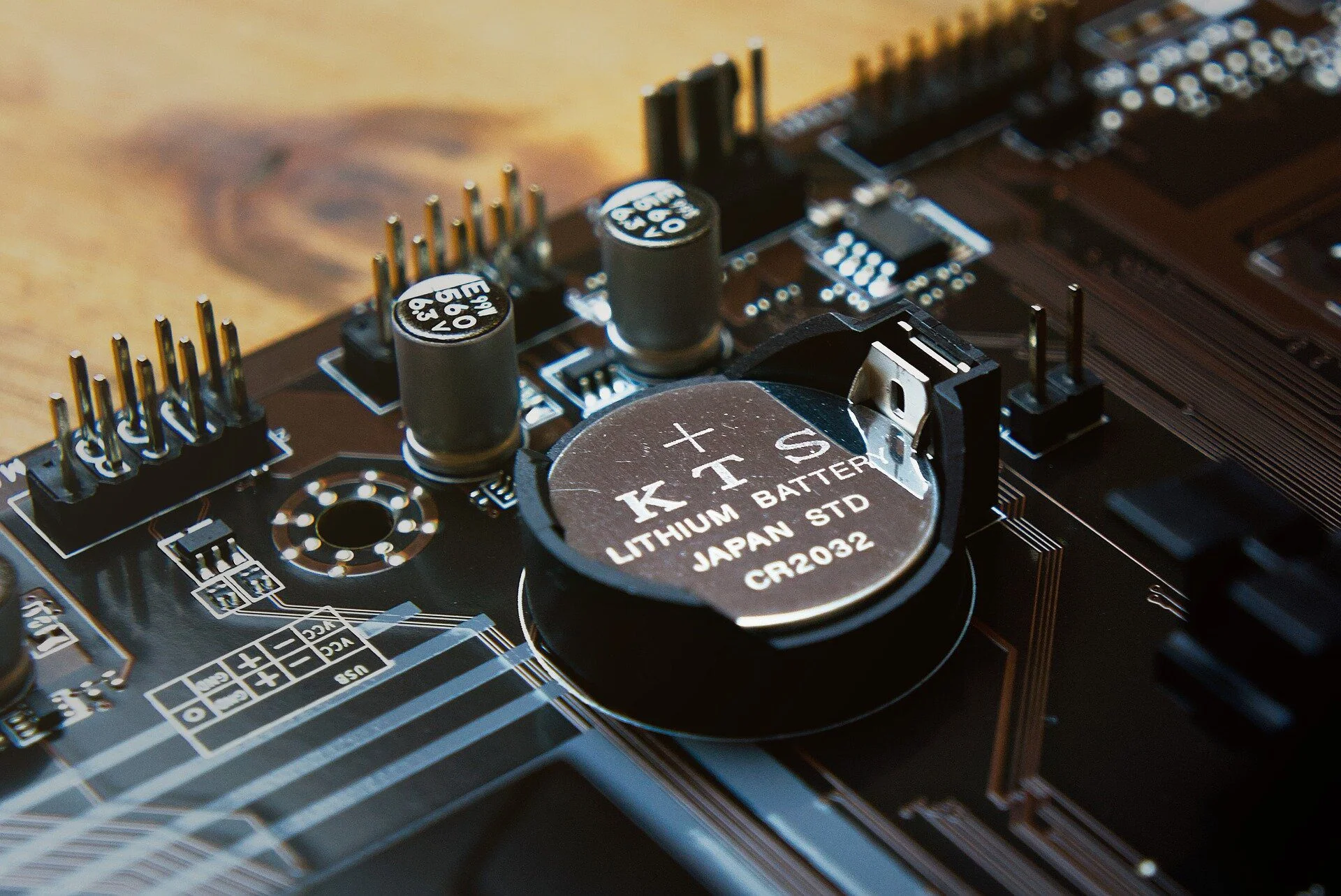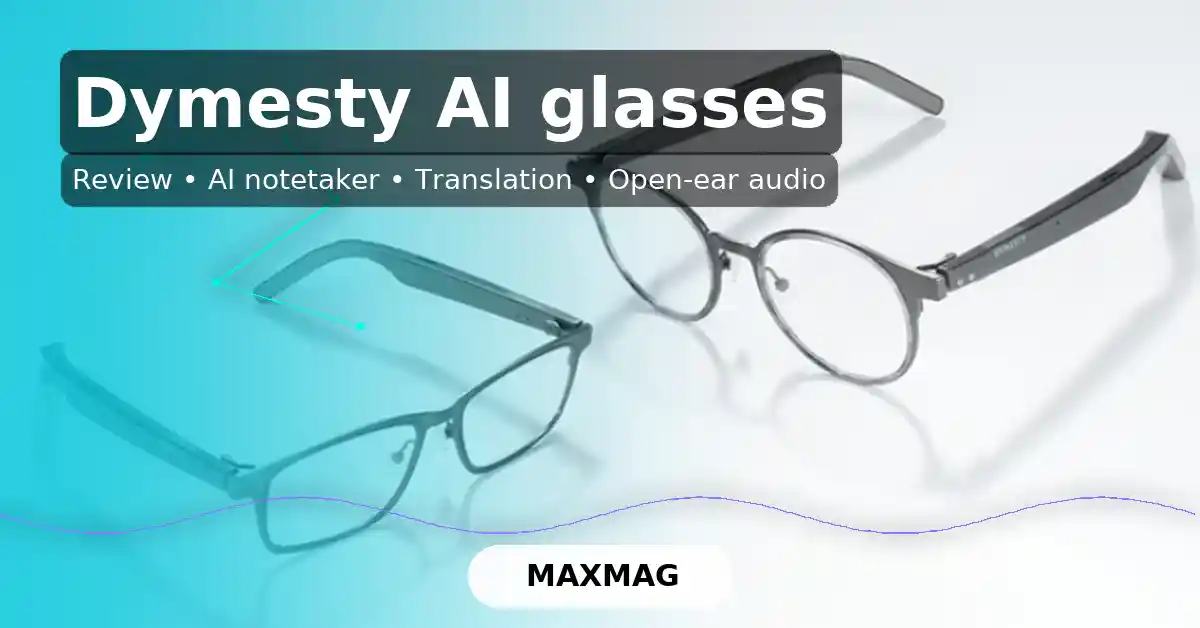
As the push toward clean energy accelerates, sodium-ion battery advantages are capturing global attention. These alternatives to lithium batteries offer not only cost savings but also enhanced safety and environmental sustainability. From common salt to real-world electric vehicles, sodium is powering a quiet revolution—one that could reshape how we store and use energy in the near future.
1. Abundant Materials, Lower Costs
One of the biggest sodium-ion battery advantages is the widespread availability of sodium. Unlike lithium, which is often mined in geopolitically sensitive regions, sodium is abundant in the Earth’s crust and oceans. In fact, the U.S. Geological Survey notes that sodium can be easily sourced from seawater and salt beds, reducing dependence on foreign mining operations.
2. Economic Manufacturing for a Stable Supply
Because sodium is so easy to obtain, the supply chain is inherently more stable. This reduces the cost volatility seen in lithium markets. According to the U.S. Energy Information Administration (EIA), production costs for sodium-ion batteries are expected to be significantly lower per kilowatt-hour compared to their lithium-ion counterparts. This makes them especially attractive for grid-level energy storage and large-scale use.
3. Enhanced Safety Features
Unlike lithium, which has a history of thermal runaway incidents, sodium-ion technology is naturally safer. Sodium-based electrolytes typically have a higher ignition threshold, reducing the risk of fire. The U.S. Consumer Product Safety Commission (CPSC) has emphasized the need for battery chemistries with lower flammability—and sodium fits the bill. In consumer electronics and residential storage, this is a game-changer.
4. Excellent Performance in Cold Temperatures
One of the lesser-known sodium-ion battery advantages is their resilience in cold climates. Lithium-ion batteries often degrade or slow down in freezing temperatures. In contrast, sodium-ion variants maintain steady performance. Tests conducted by the National Renewable Energy Laboratory (NREL) show that sodium-ion batteries are far less sensitive to sub-zero conditions, making them ideal for electric vehicles in northern regions.
5. Environmentally Friendly and Recyclable
Environmental benefits further distinguish sodium-ion technology. The Environmental Protection Agency (EPA) highlights that sodium-ion batteries contain fewer toxic substances and are simpler to recycle than many lithium-based batteries. With no cobalt and fewer heavy metals, they reduce the environmental footprint of battery manufacturing and disposal.
6. Technical Hurdles: Density and Longevity
Not all is perfect—yet. Sodium-ion batteries currently lag behind lithium-ion ones in terms of energy density, meaning they store slightly less power for the same size. Their cycle life, or the number of full charges before degrading, is also somewhat shorter. However, researchers at Oak Ridge National Laboratory are working on new cathode materials to close this gap, showing promising results in laboratory settings.
7. Real-World Momentum Is Growing
H2: sodium ion battery advantages in practical use
The appeal of sodium-ion battery advantages isn’t just theoretical. In the real world, major initiatives are already underway:
-
U.S. startup Natron Energy is developing sodium-ion batteries for data centers and telecoms. Backed by federal funding, they recently opened a manufacturing plant in Michigan.
-
EV manufacturers are testing sodium-ion packs for use in colder climates, where lithium often struggles.
-
Consumer electronics companies are exploring sodium-ion batteries to improve safety and recyclability in laptops and mobile devices.
Government-backed efforts, such as those from ARPA-E, are also accelerating commercialization.
8. Ideal Use Cases for Sodium-Ion Batteries
-
Grid Storage: Perfect for large installations where safety, cost, and long life outweigh size concerns.
-
Cold Climate Vehicles: Sodium-ion batteries don’t lose capacity in the cold, making them ideal for northern electric vehicle fleets.
-
Home Energy Systems: With fire safety and easy recycling, these are ideal for residential backup.
-
Consumer Electronics: Lower flammability means a safer user experience in phones, tablets, and laptops.
9. The Road Ahead
Experts at NREL believe sodium-ion battery technology will reach cost parity with lithium-ion within this decade. As new materials improve energy density and extend battery lifespan, adoption is expected to grow—especially in sectors that value safety and affordability. Given these trends, it’s likely that sodium-ion batteries will become a staple of the clean energy transition by the early 2030s.
Frequently Asked Questions (FAQ)
Q: Are sodium-ion batteries cheaper than lithium-ion?
A: Yes. Due to abundant materials and simpler extraction, sodium-ion batteries are expected to cost 10–30% less per kWh, according to the EIA.
Q: Are they safer?
A: Absolutely. Sodium has a higher ignition temperature and less reactive chemistry. CPSC considers these traits desirable in consumer battery safety standards.
Q: Can sodium-ion batteries be used in electric cars?
A: They can, especially for city vehicles and fleets in cold regions. Several automakers are already running trials.
Q: How long do they last?
A: Currently, most sodium-ion batteries offer between 3,000 and 5,000 charge cycles. But with material improvements, this number is increasing.
Q: Are sodium-ion batteries recyclable?
A: Yes. According to the EPA, sodium-ion batteries are easier to recycle and contain fewer hazardous materials.
Q: When will sodium-ion become mainstream?
A: Analysts predict wider adoption by 2030, especially in grid storage and low-cost mobility sectors.
Final Thoughts
From affordability and safety to environmental sustainability, the sodium-ion battery advantages make this emerging technology one of the most promising alternatives to lithium-ion systems. While some technical gaps remain, rapid advances in material science and manufacturing suggest that sodium could soon become the preferred choice for powering everything from homes to highways.





